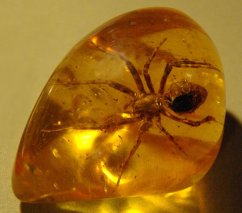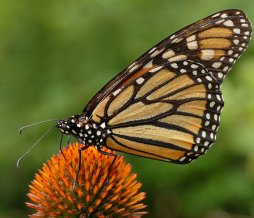Some Christians don’t like quantum mechanics. More than 20 years ago, one Christian writer called it “the greatest contemporary threat to Christianity.”1 Eleven years ago, R. C. Sproul wrote a book entitled Not a Chance: The Myth of Chance in Modern Science and Cosmology. In that book, he attacked quantum mechanics. A Christian group called “Common Sense Science” champions an absurd model of elementary particles in order to get away from quantum mechanics.
Why all this Christian angst directed against quantum mechanics? Well, some Christians think that quantum mechanics is inconsistent with their view of God. For example, one of the fundamental conclusions of quantum mechanics is that the behavior of elementary particles and atoms is statistical, not mechanistic. This means that even if you knew everything there is to know about an atom, you could not predict exactly what that atom would do. You could make statistical statements like, “There is a 12% chance that it will do this and a 45% chance that it will do that.” However, there is no way to pin down exactly what an atom will do, regardless of how well you know the atom and everything that is affecting it.
This, of course, bothers many Christians, especially those of the Calvinist persuasion. Indeed, in the book I mentioned above, Sproul really seemed to think that quantum mechanics was somehow a threat to God’s sovereignty. If nature really is statistical at some level, then even God would not know exactly what His creation will do, and that just doesn’t work for a Calvinist!
Others don’t like quantum mechanics because, inherently, it doesn’t make sense. There is a lot in quantum mechanics that goes against common sense (as you will see in a moment), and since some people are under the mistaken view that science has to be rooted in common sense (as demonstrated by the website linked above), they think that there must be something wrong with quantum mechanics.
The problem is that when quantum mechanics is tested against the data, it passes with flying colors. Thus, even if you don’t like quantum mechanics, you must appreciate its scientific value. The experiment I will discuss below the fold is another clear example of this.
Continue reading “Another Confirmation of Quantum Mechanics”








